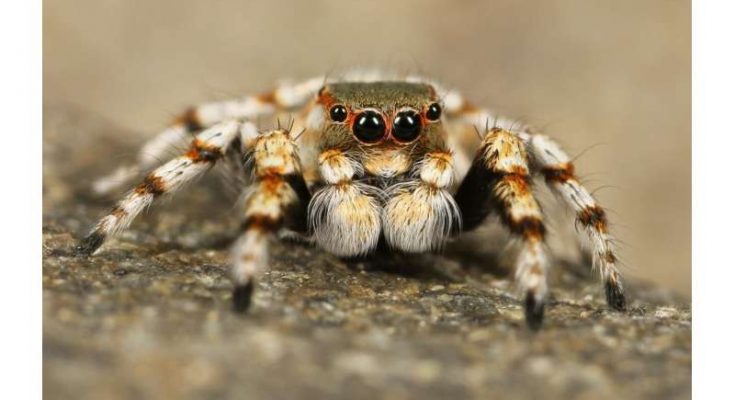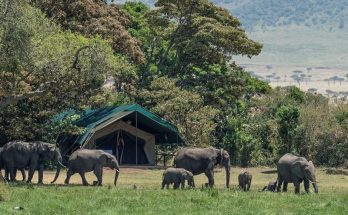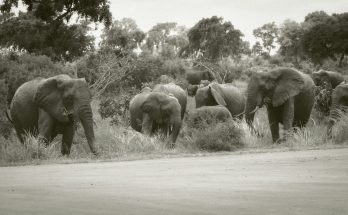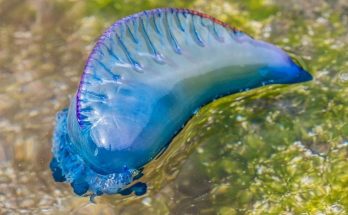A small team of researchers with members from Thailand, Finland, and China, has found that there is a very large and active trade in arachnids across the internet. In their paper published in the journal Communications Biology.
The group describes their study of arachnid trade via the internet and the possible repercussions of so many of the creatures being traded across the world.
As the researchers note, the wildlife trade has been shown to be a major driver of loss of biodiversity—as creatures are captured and traded, their numbers in the wild diminish. They also note that some creatures that are traded get a lot of attention, while others, such as invertebrates are often ignored by both the press and social media. In this new effort, the researchers looked to gain a better perspective on the global trade of one particular type of invertebrate: arachnids.
To learn more about the global trade of arachnids, the researchers went straight to the source: online listings. In so doing, they found approximately 1,264 species for sale or trade. They suggest that far more are for sale than they found because they did not also track sales on social media sites. The researchers noted that the majority of the species they found for sale were not recognized as being traded by any governing or regulatory body—thus all such sales were perfectly legal. They also found what appeared to be a greater reward for sellers who have spiders with more colorful attributes—features that generally indicate that they are rare. They also note that most of those specimens they saw belong to species that are known to have long lifespans, with is another factor that can put a species at risk.
The researchers suggest the huge number of sales very likely represents a threat to the survival of many species, particularly those that are at risk for other reasons, such as loss of habitat. The note also that the majority of specimens they found online came from the wild—thus they are not being bred for sale, which further suggests pressure on those that are left behind. The team also found that a lot of the information used to describe specimens for sale was inaccurate. They suggest more work needs to be done to more accurately gauge the impact that such a huge trade market is having on arachnids.
#arachnids; #arachnidsTrade; #GlobalPattern; #Research





